How to choose a pump for a well: classification and equipment parameters
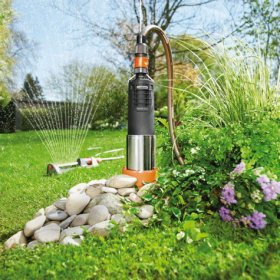
It is difficult to imagine modern housing without running water, it does not matter if the house is located in the city or in the village. Many happy owners of suburban real estate and small summer cottages choose an autonomous water supply system for their homes. The question of how to choose a pump for the well appears on the agenda immediately after the completion of drilling work. Indeed, on sale you can find a wide range of devices for lifting water, how to choose the right one?
How to choose the right pump for a water well
The pump is the heart of the system. Uninterrupted supply of water at home depends on how correctly it was chosen.
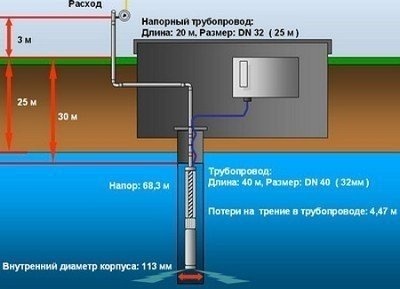
Uninterrupted supply of water at home depends on the choice of a pump, therefore, the choice must be approached very responsibly
There are several criteria that must be taken into account when selecting a device:
- Water level and total well depth. These characteristics can be considered key when choosing a device. In the passport of the unit must indicate the optimal depth for which it is intended. If the values are unknown, you can measure them yourself. To do this, take a dry rope with a weight and lower it into the well. By measuring the remaining dry part, you can determine the distance to the water, and from the wet, calculate the height of the water column of the well.
- Need for water. Actually, the choice is impossible without determining this value, which can vary from 20 to 200 liters per minute depending on the model. Given that one person consumes an average of 200 liters of water per day, then for a family of 3-4 members you will need a pump with a capacity of 30-50 liters per minute. You can choose a device with a certain “margin” of power, but this is likely to seriously affect its cost. If, in addition to servicing the house, it is also planned to water the site, you should calculate the capacity based on its size and weather conditions. Usually, about 2000 liters of water per day are sufficient for irrigation, that is, you will have to choose equipment with a capacity of 40-50 l / min more.
- Well debit or the mass of water that can be obtained for a certain period. It is almost impossible to accurately measure the value. This parameter is estimated approximately. The following actions are performed: determine the time during which the well will be completely pumped out and again filled with water. Next, the second number is divided by the first, the result will be the desired approximate debit of the well. However, it will be enough.
- The pressure. For its calculation, 30 are added to the depth of the well expressed in meters, thus the height of the water column is obtained. Usually the resulting number is increased by another 10%. Based on the result, select a device. For example, with a well depth of 45 m, the calculated column height will be 75 m. Increasing it by 10%, we get 83m. Thus, the best choice would be a model with a pressure of 90 m.
- Borehole diameter. The required value to determine the pump power. It can be taken from the passport of the well, if the drilling was carried out by a specialized company. If not, you can take measurements yourself. It should be borne in mind that the inch is 2, 54 cm. Most of the devices are designed for wells with a diameter of 4 inches, 3-inch is much smaller. There is a possibility that the necessary model will have to be ordered from the catalog. Therefore, if it is possible to choose the diameter of the future well, it is better to stop at 4 inches.
- Cost. Thinking about buying downhole equipment, you need to understand that for work, in addition to the device, you will need an automatic machine for connecting it and a stainless cable for fixing it. The cost of their purchase is also worth planning. It is necessary to objectively evaluate the model you like: do not chase low cost. Perhaps inexpensive devices are no worse than elite ones. But, as experience shows, high-quality soldering in places of underwater connections, in the most vulnerable sections of pumps, still happens more often with expensive devices.
Video: choosing a well unit
What equipment is better to buy
Before buying, in addition to accounting, all of the above criteria, you have to decide on the main thing: the type of device. There are two most common options: superficial and submersible. The first of them assumes that the pump will be removed from the surface of the water that it pumps. That is, the body is most often located on land or, with the help of a float, is held on the surface in the well. It’s worth mentioning right away that this type is not intended for wells.
It is used only at depths of not more than 8 meters. Therefore, you need to pay attention to the second type - submersible devices.
The design is distinguished by partial or complete immersion in the pumped liquid. They are specially designed for great depths, where their use will be most rational. Submersible units can be:
- Centrifugal. The most popular type of device today. It is a shaft with paddle wheels attached to it with blades. When the shaft rotates, the blades create a centrifugal force, due to which fluid is pumped, which fills the internal space of the mechanism. In addition to reliability and versatility, centrifugal pumps have an optimal ratio of quality and cost.
- Vibrating. An inexpensive option, however, its operation may cause some difficulties. The basis of its design is a membrane with a vibrator on one side and a liquid on the other. A functioning vibrator causes the membrane to deform, creating a pressure difference, due to which the pumping process takes place. It is also worth paying attention to models equipped with a thermal switch protecting the engine from overheating, and those that capture water at the bottom.
Quite often, artesian wells are more than 10 and even 20 m deep. In such cases, the issue of choosing a device should be approached with special attention. It is worth knowing that the best pumps for wells of this type are deep ones or, as they are also called, well pumps. Neither submersible, nor even surface models are suitable for working in such conditions.
Downhole devices are special mechanisms involving rather complicated installation and subsequent dismantling. They operate in pipes completely filled with water, so the issue of equipment quality should be approached with the utmost seriousness. Experience shows that high-quality devices from leading European manufacturers can work for decades without any problems.
Whereas a cheaper counterfeit requires frequent repairs, moreover, for one dismantling of the pump you will have to pay an amount comparable to its cost.
Deciding which pump is needed for the well is a responsible matter. The device is a rather complex mechanism, from which the water supply of the house and the plot depends on the smooth operation. It is worthwhile to carefully study the selection criteria, get acquainted with the classification of mechanisms and choose the best option for yourself. As a result, properly selected equipment will please its reliable operation for many years.
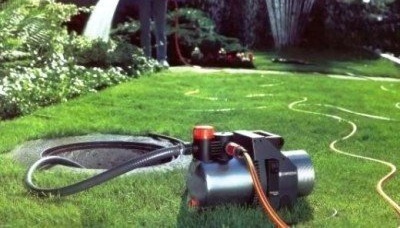
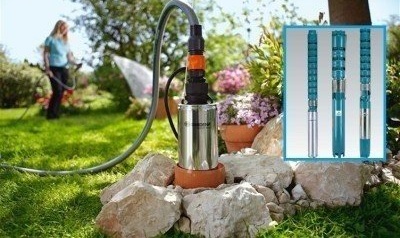
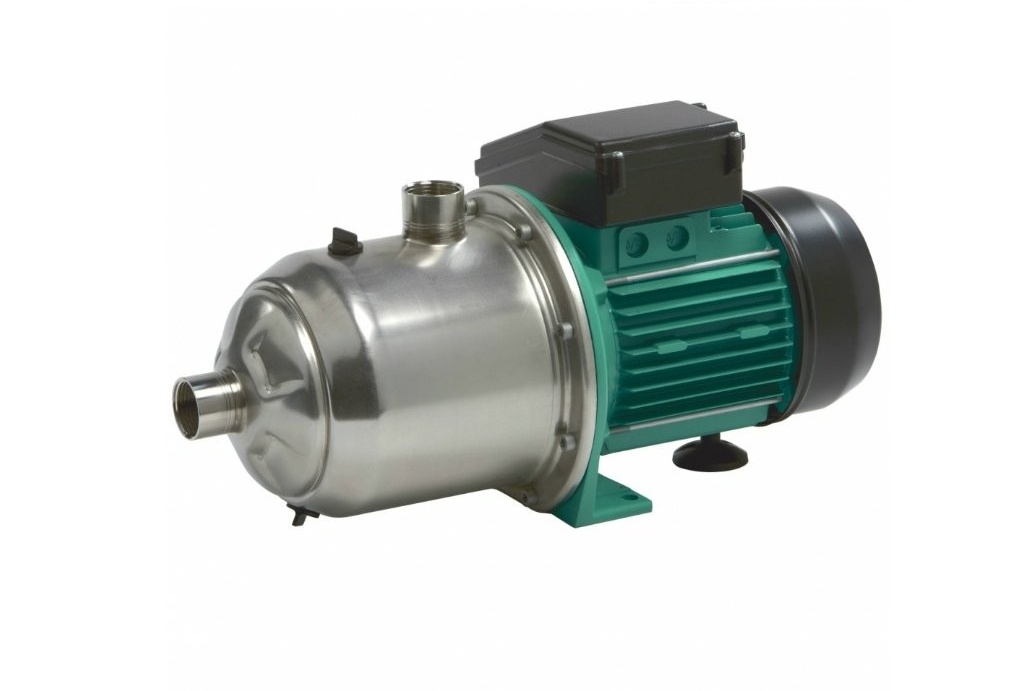

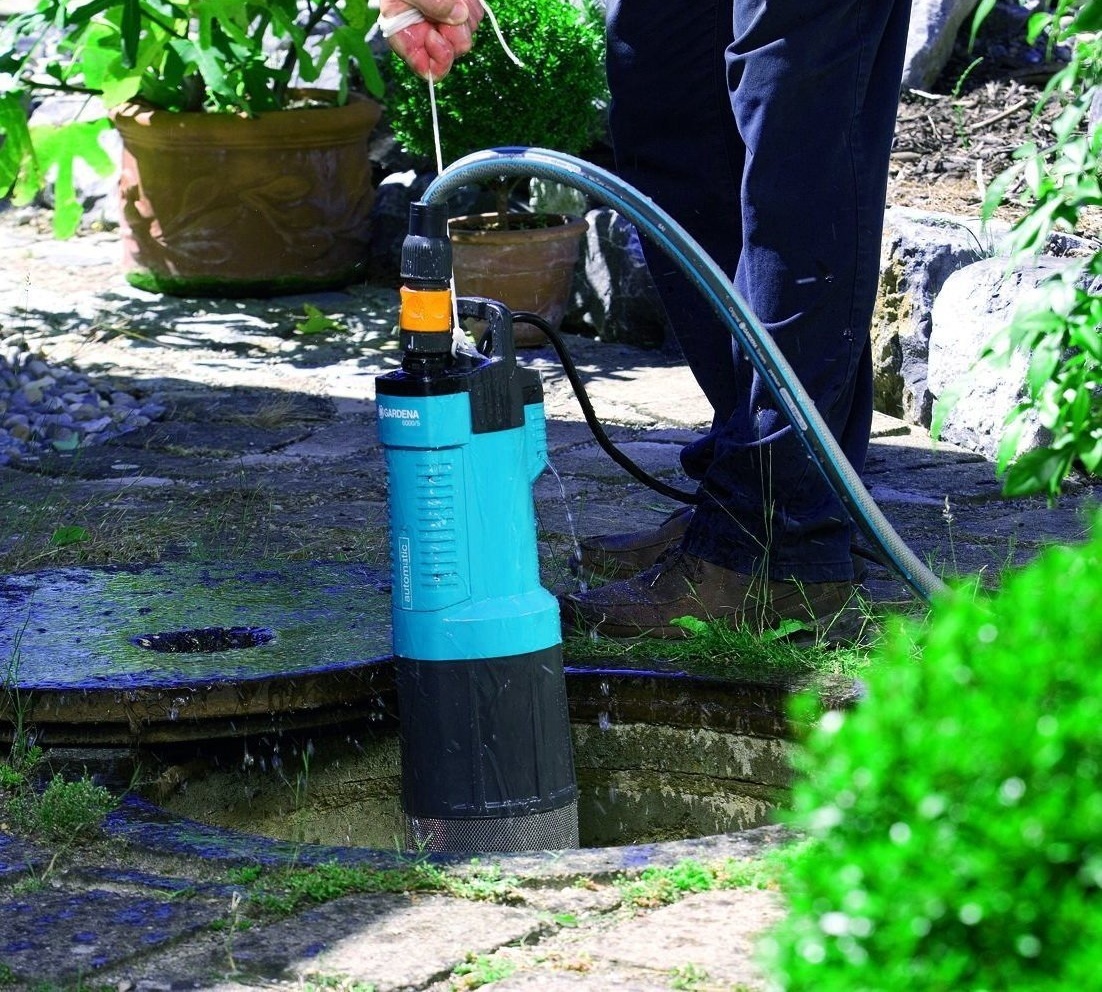
4 comments